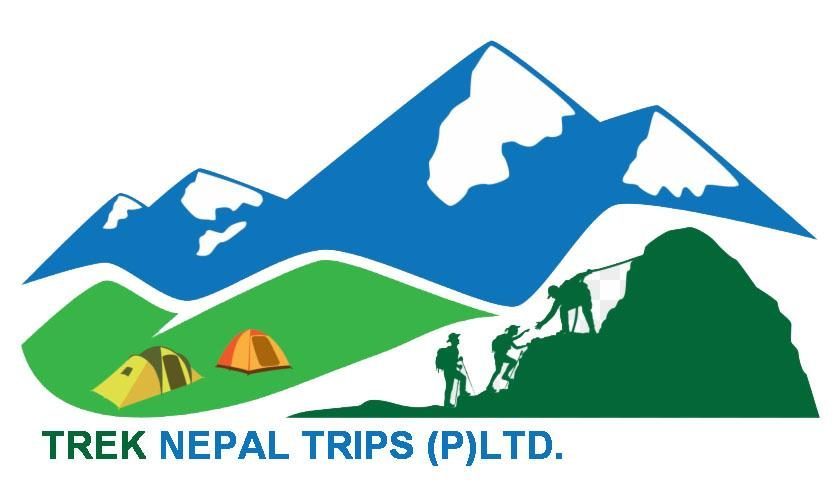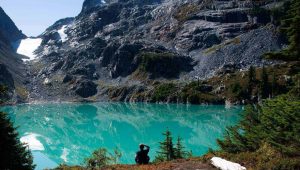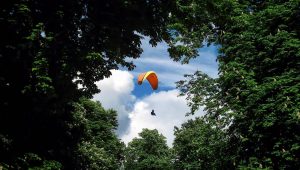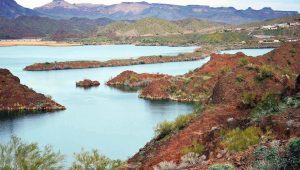The classic way to explore the entire Langtang Region will help you to think once about what we have planned for those who are seeking a nomadic experience for a lifetime.
Overview
About the trek:
The classic way to explore the entire Langtang Region will help you to think once about what we have planned for those who are seeking a nomadic experience for a lifetime. Simply put, the Langtang Gosaikunda Helambu trek route is designed to suit every hiker
to observe and, overall, enjoy the hidden natural beauties of the Himalayan treasure. At the beginning of this trek, you will be dropped at Syabrubesi (1,600m) after a 7-hour drive from Kathmandu. The journey will be continued after breakfast on the next day.
The inner valley of the Langtang region is a combination of high-altitude Himalayan valleys and temperate valleys of lower elevation where several species of endangered fauna (the red panda, musk deer, Himalayan black bear, common leopard, snow
leopard, Himalayan wild goat and different types of endangered species of flora are well preserved. During the spring season, colorful rhododendron, orchids, and magnolias bloom abundantly, with stunning close-up views of snowcapped peaks. This trip is known as the Langtang Circuit Trek.
After exploring for days in this nomadic region, the trekking trail will be diverted to the holy lake site of Gosainkunda. The holy Gosaikunda Lake is a popular pilgrimage destination among both Hindu and Buddhist groups of people. Especially during the full
moon in the month of August, it is visited by many people. There is also a festive moment when many shamans are gathered to show their shamanic rituals to claim rights traditionally. After visiting this sacred lake, people will be crossing Laurebina Pass (4,610m) and the trail will be dropped down towards Helambu valley. The Helambu valley itself is very rich in the cultural heritage of the entire region, where trekkers can enjoy local Sherpa and Tamang hospitality in a pleasant climate.
The Langtang Circuit Trek starts from the lower Langtang Valley, which takes you through forests and among the villages and farmlands of many who are of Tibetan origin. The deep gorges of the Bhote Koshi river and Langtang Khola river are thickly forested with rhododendron, oak, maple, and alder. The extended forest around Ghoda Tabela in the lower Langtang Valley and beneath Gosainkunda is occupied by the red panda, a rare and threatened symbol of a healthy Himalayan ecosystem.
Best time for the trek:
The perfect season or time for trekking in the Langtang region varies; each season has its own pros and cons. Autumn and spring are the most famous trekking seasons of all.
Autumn starts in untimely September and ends in late November. The weather is normally good and calm, with a clear sky most of the time season. Similarly, March, April, and May are spring months when the weather is similar to autumn, at least in terms of clearness. As spring starts, the days start to get warmer than in other seasons. The trees start growing new leaves and wildflowers bloom, which is an amazing and
perfect process to observe. Winter and summer are considered less favorable, as the winter days are unbearably cold, and the summer comes with heavy rainfall. It is extremely hard to trek in the higher regions due to episodes of snowfall and blizzards in
winter. Though summer is proper preparation to cope with rainfall, so guides can pursue the Langtang Helambu Trek.
At Trek Nepal Trips, we are committed to making your trek the best experience you will ever have. If you are interested in joining the Langtang Gosaikunda Helambu Trek, contact us and we will take care of everything for you. Please note that these trips are
completely customizable according to your preference. The itinerary is only forreference.
Trip Highlights
Enjoy a scenic drive from Kathmandu to Syabrubesi.
A circular trek around Nepal’s third most popular trekking region, the Langtang, An incredible offbeat trek in the Nepal Himalayas Explore Langtang Village and the Glacier Valley.
Walkthrough Langtang National Park, famous for endangered species such as the Red Panda, Enjoy solitude and wilderness while hiking through the remote, off-beaten path of the Langtang Region.
Visit the ancient Kyanjin Gompa, glaciers, and cheese factory.
A view of snow-capped peaks such as Ganesh Himal, Manaslu, and the Annapurna Range.
The trail is dotted with monasteries, Buddhist shrines, chortens, and prayer flags.
A splendid adventure and breathtaking views of diverse landscapes and the Himalayas.
Visit Gosaikunda, a pure, holy high-altitude lake.
Climb Laurebina Pass for stunning panoramic views of the Langtang range. Tour Helambu Village, a lower part of the Langtang region.




